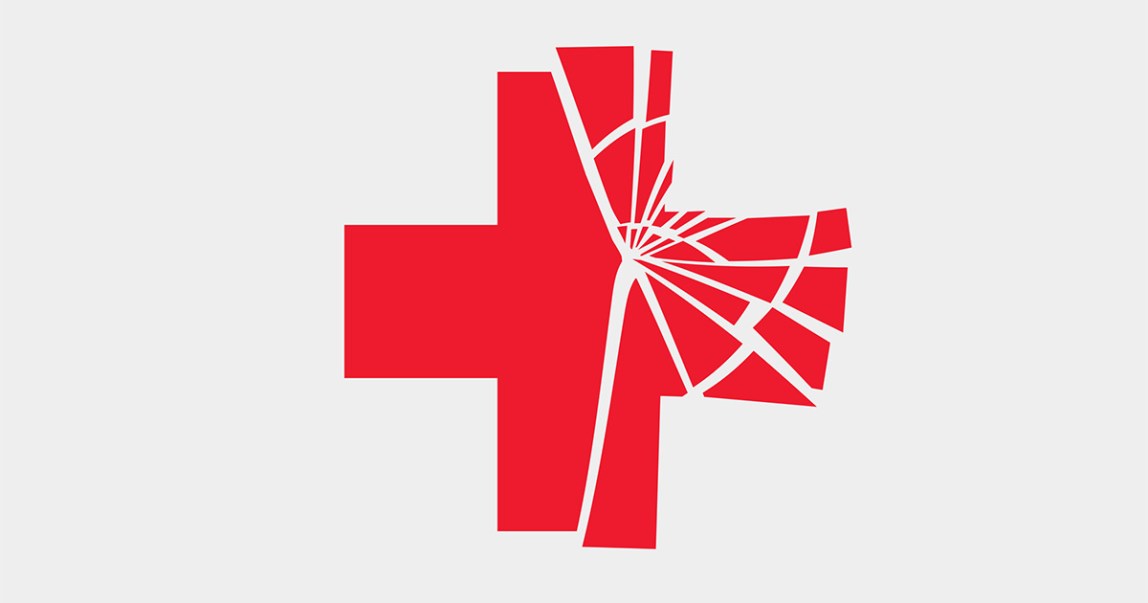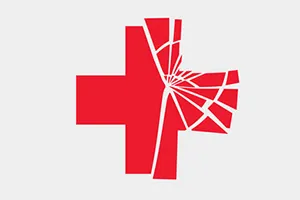Along with our colleagues at NPR, ProPublica has been reporting on the American Red Cross for the past two years. We’ve detailed how the charity failed to deliver promised relief following Superstorm Sandy in 2012, the Haiti earthquake in 2010, and even more modest disasters like last year’s fires in California and the recent flooding in Mississippi.
The Red Cross is an enormously important organization. It has a congressional mandate to provide food and shelter alongside the federal government after disasters. Communities around the country continue to rely on the Red Cross in times of crisis.
Yet the group has cut thousands of jobs and closed hundreds of chapters over the past few years. We’ve heard from local officials and Red Cross staffers that the changes have undercut the charity’s ability to help communities in need.
That’s where you come in.
The best way to dig into the reality of the Red Cross is to report from places that have found themselves in need of the group’s aid. And to do that takes more than one news organization in Manhattan.
We want to help other journalists report on the nation’s most venerable charity. And we’re going to give you everything you need to do it: potential sources, documents, and step-by-step tips.
The first step is simple: Sign up and tell us you’re interested. (No, we won’t give your email to anyone.) And, yes, you can sign up even if you just want to think about doing a story down the line should a disaster hit your community.
How does it work from there? We help you as much as possible — including answering any questions — and you do a story. No need to run it by us, or to ask our permission, or run our logo, or anything else.
The first step: thinking about the kind of story you want to do:
You could explore how the Red Cross has responded after a recent disaster, even a modest one. Here’s a great story from the the Register-Herald of Beckley, West Virginia. And here’s another one from the Press-Democrat in Santa Rosa, California.
There are other potential stories even if there hasn’t been a recent disaster. The Red Cross also provides aid after house fires and runs blood banking services around the country. Cuts to chapters in your area might have affected these other services.
Look at whether there have been changes at the Red Cross in your area
You can check quickly whether a Red Cross chapter has closed in your area. Here is a map of most — though not all — of the more than 700 chapters that existed in 2008.
And here is a map of the around 250 chapters from 2015, after the cutbacks.
One note: Just because a chapter closed does not mean the office associated with that chapter closed. It may now be a satellite office of a consolidated chapter.
Talk to local emergency management and fire officials
One way to find out whether there’s been a change in Red Cross services is to check with officials who have, in many cases, worked with the charity for years.
Call your county emergency management office. Many counties have long included the Red Cross in their emergency management plans and direct victims of home fires and other disasters to the charity.
There are usually statewide emergency management officials that are worth speaking too, as well.
Two basic questions to ask: Is the Red Cross still being looked to for support when disaster strikes? If not, have other groups or government agencies filled the gap?
It’s also worth reaching out to the fire department, which in many places works with the Red Cross after home fires. The charity gives money to victims of home fires. As we’ve reported, the Red Cross recently made the formula less generous.
Speak to former Red Cross volunteers, staffers, and local chapter board members
These people can provide useful context and perspective on how things used to operate and whether there have been changes.
You can explore this historical (circa 2009) version of the Red Cross website which list specific chapter websites as they existed at the time. The chapter websites, like this one from Nebraska, should have names of people who were involved at the time.
Another useful way to find former Red Cross employees is an advanced Google search, filtering the results by filetype:pdf. Red Cross newsletters and internal presentations, along with local documents, are a great way to determine who was working with the organization and when. As always, LinkedIn is also a good option for finding people.
It’s also worth talking to other charities like the United Way and the Salvation Army, which often have working relationships with the Red Cross. Have they seen changes? The United Way, for example, has been cuttingits funding to the Red Cross.
File open records requests
Because the Red Cross is a private entity, it is not subject to freedom of information laws. But the group works regularly with a range of local, state, and federal agencies, which are subject to FOI laws.
That means you might be able to get communications between the Red Cross and government entities that could shed light on its performance responding to disasters.
A good place to start is by sending records requests to your state and local emergency management offices for emails sent about the Red Cross during a disaster.
Here’s a general template the request:
I request all emails of [TITLE/NAME OF OFFICIALS] about the Red Cross from [DATE X to DATE Y] and all emails from that time period to/from Red Cross staff. This includes, but is not limited to, the subject line, body, and attachments of the emails.
It’s worth calling up the relevant records officer before you send a request to figure out how they do their document and email searches. They might be able to help you craft an effective request — for example, should you specify keywords like “Red Cross” or “ARC”? It can also help speed the process to specify officials whose email accounts you want searched rather than requesting emails from an entire agency.
Here’s an example of one records request we sent. And here is the story that resulted from the documents that request yielded.
Talk to the Red Cross itself
Of course, you’ll want to talk to the Red Cross chapter that now covers your area to ask about what services they provide and any changes that have been made.
One note: We have found official statistics from the Red Cross to be unreliable at times. For example, we previously reported on widespread skepticism among Red Cross staff and volunteers about the accuracy of the charity’s figures, including how many meals and snacks it serves after disasters. The Red Cross has stood by its data.












